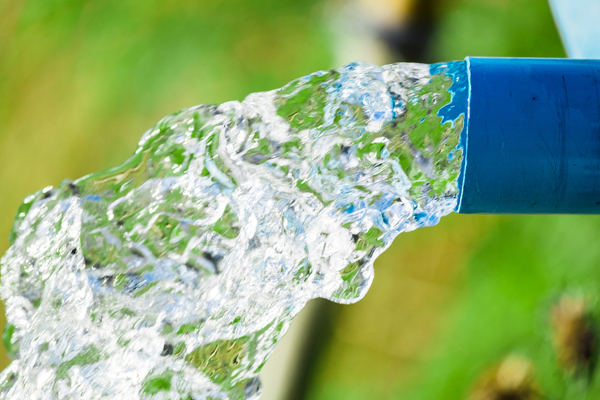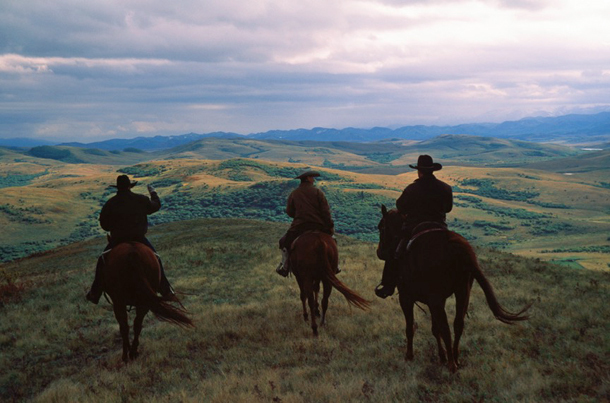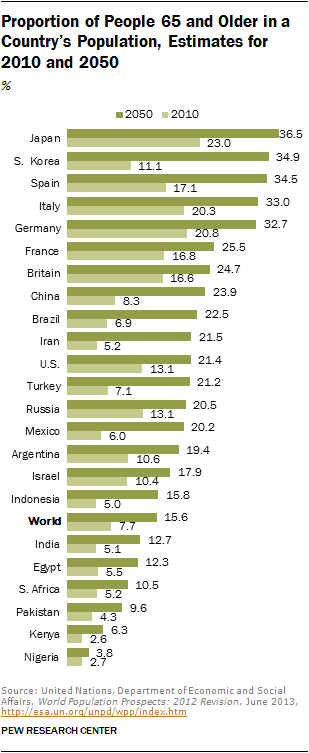1. There is no fresh water where you are. The reservoirs are dry and dusty, the artesian wells are either no longer producing or are producing water laced with arsenic and heavy metals, and the few desalination plants bottle their water and sell it at prices you cannot afford. What was once fields and pasture is reverting to sand dunes. Forests have dried out, burned down, and are now a lunar landscape criscrossed by deep ravines eroded by sporadic torrential downpours—too sporadic and too torrential to be of benefit.
2. The place where you live is under a few feet of ocean water mixed with raw sewage—not all the time, but often enough that staying there has become a very bad idea. An onshore wind combined with a high tide and a bit of rain are enough to make contaminated, brackish water spew out of every storm drain. With each passing year and more and more basements are flooded, more and more foundations undermined, more and more buildings condemned. Places further inland flood more rarely but are already too crowded, and will be subject to the same conditions after a slight delay.
3. Your country has been overrun by “refugees” who have looted the shops, occupied many of the public buildings and are busy beating up the men and raping the women (like they are doing in Sweden, which is now the second-rapiest country in the world, Lesotho in South Africa is the rapiest). There are large sections of your city where even the military, never mind the police, fear to venture.
…click on the above link to read the rest of the article…















